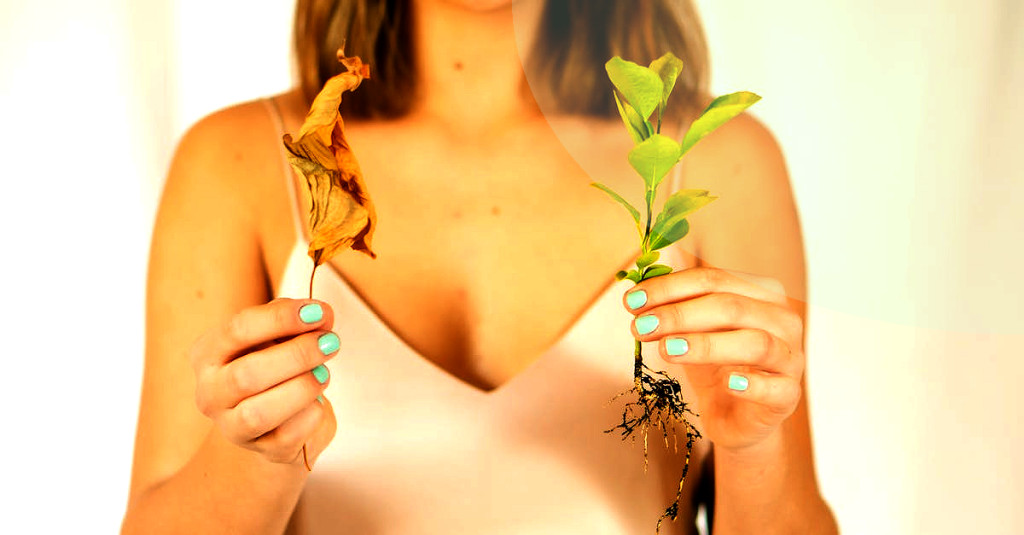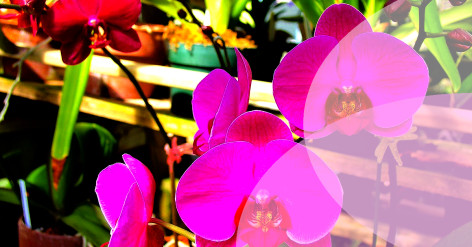Best way to grow corn

- Follow the Silk Road: Choosing the Right Corn Variety
- Location, Location, Location: Picking the Perfect Spot
- Getting Down to the Root: Prepping Your Soil for Success
- Making the Most of Your Seeds: Seedlings vs. Direct Sowing
- A Kernel of Wisdom: How to Plant Corn
- It Takes Two to Pollinate: Encouraging Cross-Pollination
- All About Timing: When to Water and Fertilize Your Corn
- Feast Your Ears: When to Harvest Your Corn
Follow the Silk Road: Choosing the Right Corn Variety

Corn is a beloved staple around the world, and there's nothing quite like biting into a freshly picked ear during the summer months. In this article, we'll explore the best way to grow corn, so you can enjoy those delicious, golden kernels straight from your very own garden. Follow our step-by-step guide below to grow corn like a pro, and be prepared to delight your taste buds with the fruits of your labor!
Location, Location, Location: Picking the Perfect Spot
First things first, it's essential to choose the right variety of corn for your garden. There are a wealth of options available, from sweet corn to popcorn, and each comes with its own set of characteristics, care requirements, and ideal growing conditions. One reliable site to explore corn varieties is Johnny's Selected Seeds, where you can find the perfect fit for your specific region, garden size, and taste preferences.
Getting Down to the Root: Prepping Your Soil for Success

Before you plant your corn seeds, it's crucial to pick the best spot in your garden for their development. Corn loves sunlight, so aim for a location receiving at least six hours of direct sun daily. In addition, corn will need ample space to spread out and grow, with a minimum of three feet between rows for optimal airflow and access to nutrients.
Making the Most of Your Seeds: Seedlings vs. Direct Sowing
Corn is a heavy feeder, requiring plenty of nutrients to grow healthy and robust. To make your soil corn-ready, you'll want to start by adding compost or well-aged manure. Aim to incorporate at least a 2- to 3-inch layer of organic material into the soil several weeks before planting to give your corn ample nutrients to thrive. It's also a good idea to test your soil's pH, as corn thrives in slightly acidic soil with a pH range between 6.0 and 6.8. You can purchase a soil test kit to easily check your soil pH at home.
A Kernel of Wisdom: How to Plant Corn
When it comes to planting your corn, you can choose to start your seeds indoors or sow them directly into your garden. Many gardeners prefer to sow corn seeds directly, as corn seedlings can be sensitive to transplanting. However, if you live in a region with a shorter growing season, starting your corn indoors may be necessary to ensure a successful harvest.
It Takes Two to Pollinate: Encouraging Cross-Pollination
Now that you've prepped your garden with the right soil and location, it's time to get planting! Sow your corn seeds 1â1.5 inches deep, with about 9â12 inches between seeds in each row. As mentioned earlier, ensure that there's a minimum of three feet between each row of corn plants. This space not only promotes better airflow but also allows for pollination.
All About Timing: When to Water and Fertilize Your Corn
Corn is wind-pollinated and requires proper air circulation for successful pollination. To encourage effective pollination, plant your corn in small blocks or multiple short rows rather than a single, long row. This arrangement ensures that pollen from the tassel on the top of each plant reaches the silks emerging from each ear of corn, leading to the formation of those coveted kernels!
Feast Your Ears: When to Harvest Your Corn

Consistent moisture is essential for corn growth, particularly during the germination and pollination stages. Be sure to water your corn deeply and regularly, providing at least one inch of water per week. You can help retain moisture by applying a 2- to 4-inch layer of organic mulch around your corn plants after they've reached a height of several inches.
To keep your corn well-fed, plan to fertilize lightly but regularly. Apply a well-balanced, all-purpose fertilizer to your corn plants every 2â3 weeks throughout the growing season, always taking care to follow the package instructions.
You've nurtured your corn from seed to plant, and now it's time to enjoy the fruits of your labor! For sweet corn varieties, look for plump ears with vibrant green husks and well-filled, milky kernels. The perfect time to harvest your corn is typically around 18â24 days after the silks first appear. To remove an ear of corn from the plant, grasp the ear firmly and twist downward with a quick, snapping motion.
By following these straightforward steps and attending to the specific needs of your corn variety, you'll be well on your way to a bountiful harvest this year! All that's left to do is choose a scrumptious corn recipe and enjoy those delicious, homegrown ears with friends and family. Happy gardening!





